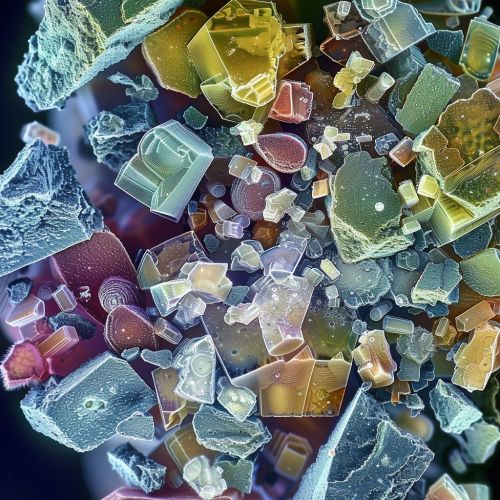Cold-Adapted Organisms
Introduction
Cold-adapted organisms, also known as psychrophiles, are organisms that thrive in low-temperature environments. These organisms can be found in various ecosystems, including the Arctic and Antarctic regions, high-altitude environments, deep-sea habitats, and cold caves. They have developed unique physiological and biochemical mechanisms to survive and reproduce in these extreme conditions.


Classification
Cold-adapted organisms can be classified into three main categories: psychrophiles, psychrotrophs, and psychrotolerants.
- Psychrophiles are organisms that require cold temperatures for growth, with optimal growth temperatures typically below 15°C.
- Psychrotrophs can grow at low temperatures but have optimal growth temperatures above 20°C.
- Psychrotolerants are organisms that can tolerate cold temperatures but prefer warmer conditions for growth.
Adaptation Mechanisms
Cold-adapted organisms have evolved various adaptation mechanisms to survive in cold environments. These include alterations in cell membrane composition, production of cold-shock proteins, and the synthesis of antifreeze compounds.
Cell Membrane Adaptations
The cell membranes of cold-adapted organisms are composed of unsaturated fatty acids, which maintain membrane fluidity at low temperatures. This allows for the proper functioning of membrane-bound enzymes and transport systems, which are crucial for the survival of these organisms.
Cold-Shock Proteins
Cold-shock proteins are produced by cold-adapted organisms in response to a sudden drop in temperature. These proteins help to stabilize the cell's structures and protect it from cold-induced damage.
Antifreeze Compounds
Some cold-adapted organisms produce antifreeze compounds, such as antifreeze proteins and glycoproteins, to prevent the formation of ice crystals within their cells. These compounds bind to ice crystals and inhibit their growth, thereby protecting the cells from freeze-induced damage.
Ecological Significance
Cold-adapted organisms play a crucial role in the ecology of cold environments. They contribute to nutrient cycling and primary production in these ecosystems, and serve as a food source for higher trophic levels.
Nutrient Cycling
Cold-adapted microorganisms, such as bacteria and fungi, are involved in the decomposition of organic matter in cold environments. They break down dead plant and animal material, releasing nutrients back into the environment.
Primary Production
In polar marine ecosystems, cold-adapted phytoplankton are the primary producers, converting sunlight into chemical energy through photosynthesis. These phytoplankton form the base of the food web, supporting a diverse array of marine life.
Biotechnological Applications
Due to their unique physiological and biochemical properties, cold-adapted organisms have potential applications in various biotechnological fields, including bioremediation, food preservation, and pharmaceuticals.
Bioremediation
Cold-adapted microorganisms can be used in bioremediation processes to degrade pollutants in cold environments. For example, certain bacteria can break down oil spills in Arctic waters.
Food Preservation
Cold-adapted bacteria and fungi can be used in the preservation of food products. These organisms can inhibit the growth of spoilage and pathogenic microorganisms at low temperatures.
Pharmaceuticals
Antifreeze proteins from cold-adapted organisms have potential applications in the pharmaceutical industry. They can be used in the preservation of biological samples and in the development of cryosurgery techniques.
